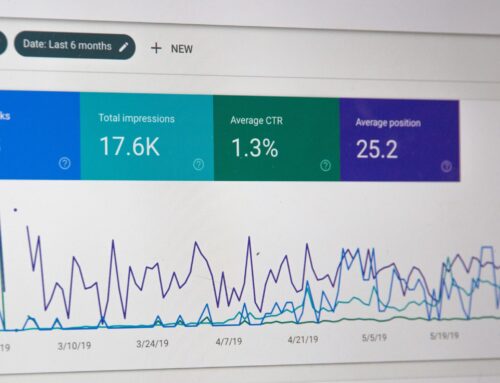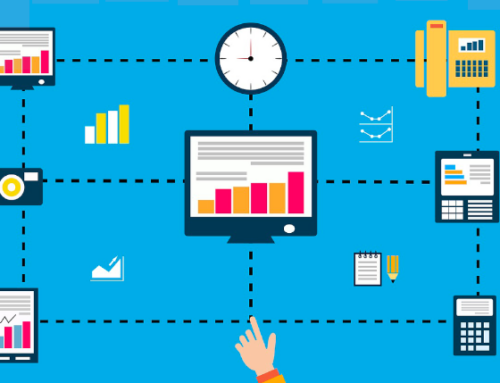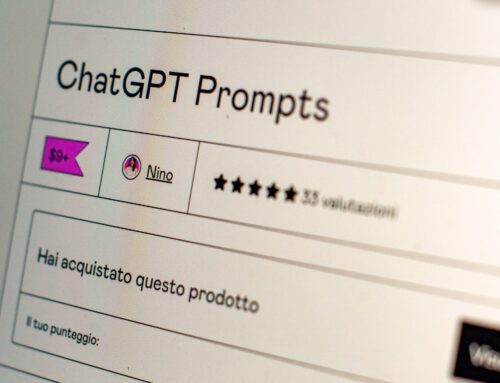In this blog post, we’ll be using Jack McGrath’s recent video about how you can make designing learning journeys smarter and faster using three simple steps. Watch the video or read on for more information.
Five Years
Let’s first talk about the amount of time that it takes for a skill to become outdated, just five years. According to the World Economic Forum, the speed of change in technology today anticipates just five years until skills begin to become less useful in the workforce.
What this means is that now you not only have to upskill your new hires, but you also need to continually provide training for your existing employees. But that’s easier said than done, how will you manage that within your company? Let’s talk about learning journeys.
What are the Benefits of Learning Journeys?
You may have heard of learning journeys before. To quickly summarize, a learning journey is a designed learning path that guides learners through a series of different learning elements and learning experiences. The benefits are that you can provide a great way to efficiently create role-based training that people can subscribe to. But that’s not the only benefit.
Learning journeys follow a learning design that doesn’t rely so heavily on completions. What that means is that we’re moving away from the “one size fits all” approach where as long as a user has gone through the course and the LMS has checked off that it’s completed that they’ve learned. What about if your company has more than one role, will everyone onboard the same way? That wouldn’t make sense.
Instead, learning journeys allow you to move towards the concept of competencies. What can your learners do, what do they know? It’s not helpful to know that they’ve completed the course if their skills haven’t improved. Context is king, so offering individualized and contextual content that is targeted to your learners is going to make a huge difference in how that information is remembered and applied.
With that in mind, let’s walk through the early steps of designing a learning journey.
How to Design a Learning Journey
There are three simple steps to use when preparing an effective learning journey. First, identify the top performer in your organization for a particular role. Next, model the behaviors of that top performer so that you know exactly what the measurement is. Finally, map those outcomes and those behaviors back to specific training to design your learning journey.
Let’s walk through that process once more with specific examples.

Sydney Fisher is the star sales person at this company, she always goes above and beyond, clients love her, if only we could clone Sydney!
But until we can get that cloning machine working we’re going to have to make do. And how we make do, is that we want to find out what it is that makes Sydney such a great member of the team. Why is she the top performer? And how can we create that in a consistent way that we can scale so that everyone can be as successful as Sydney?
So first off we want to model the behaviors. What I recommend in this case is that you provide a series of brainstorming sessions that are around a particular role. In this case we want to model the behaviors of our account executives, so I’d recommend inviting Sydney into these sessions along with the key stakeholders that are related to this role.
You want to start to identify what those particular behaviors are that Sydney does that makes her so successful. For instance it may be the communication skills, the sales skills, technical skills, negotiating skills, but you’ll notice that we’re getting to outcomes. What exactly does she need to do that makes her successful, not necessarily what she needs to know or if she’s passed through compliance training.

The final thing on the design is that you want to map these behaviors back to particular learning. Now, what you might notice is that I’ve basically taken this area and I’ve created the skills and tasks in one column and the behavioral examples in another column, which goes one step deeper.
So not only does Sydney present the company’s products and services, for example, but how does she do that well? She develops really great PowerPoint presentations. The benefit of doing it this way is you’ll notice that what I have below is a listing of specific behaviors I want to model and map.

So now, I can inventory my internal training and find out, “does that already exist?” In this case, we’ve got a really good presentation skills course, so what we’re going to do is map that back to this learning journey.
You’ll notice that in this case here, she also uses active listening and note taking. You could throw that skill into the training, but it might be better just to build a job aid on this subject which can be produced quite quickly. That’s great for skills practice, because now her supervisor or her mentor can actually observe that she’s acquired that proficiency that she needs and can give her very tailored feedback or remediation. So not all training needs to be a learning course, a training course, mobile course or an instructor-led course. It can be as simple as a job aid.
Recap
Now that you’ve seen how easy it can be, hopefully you feel comfortable using these three steps to give you the information you need to start designing very effective learning journeys fast. By simply identifying your top performers and keeping that persona in mind for your target role, and modeling those particular behaviors. As an added bonus, if a brand new system comes out you can add those new behaviors to your model and keep it updated that much easier. All it takes is mapping those new behaviors back into your training.
In our next blog within the series, we’ll talk a bit more on how to CREATE the learning journey based on this information.
Interested in learning how Digitec Interactive can help get your learning journeys “road ready”? Schedule a call to chat!
For more industry-focused articles like this, subscribe to our free monthly newsletter, Smarter…Faster!





